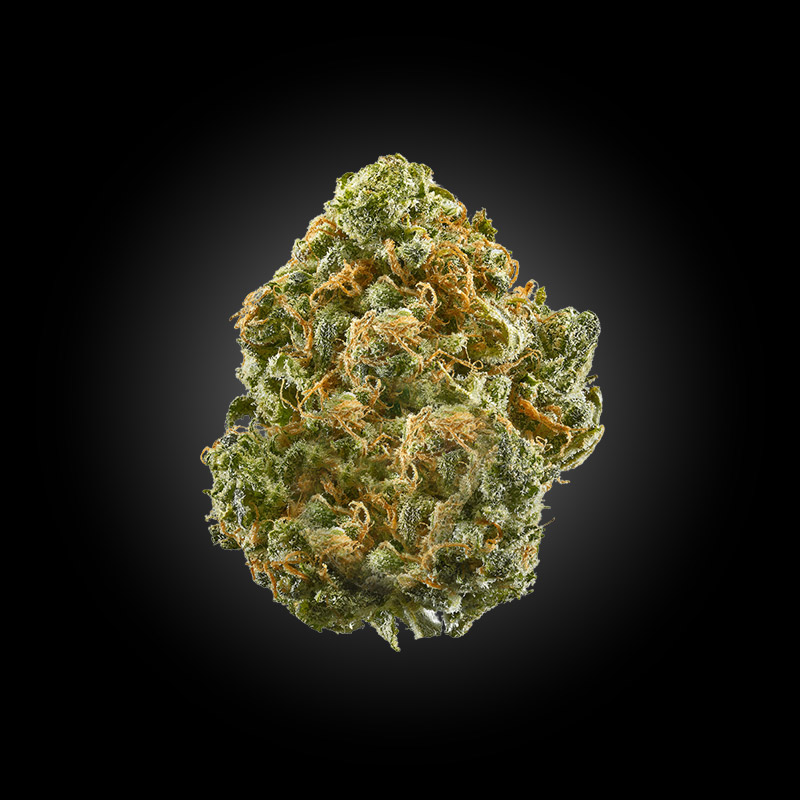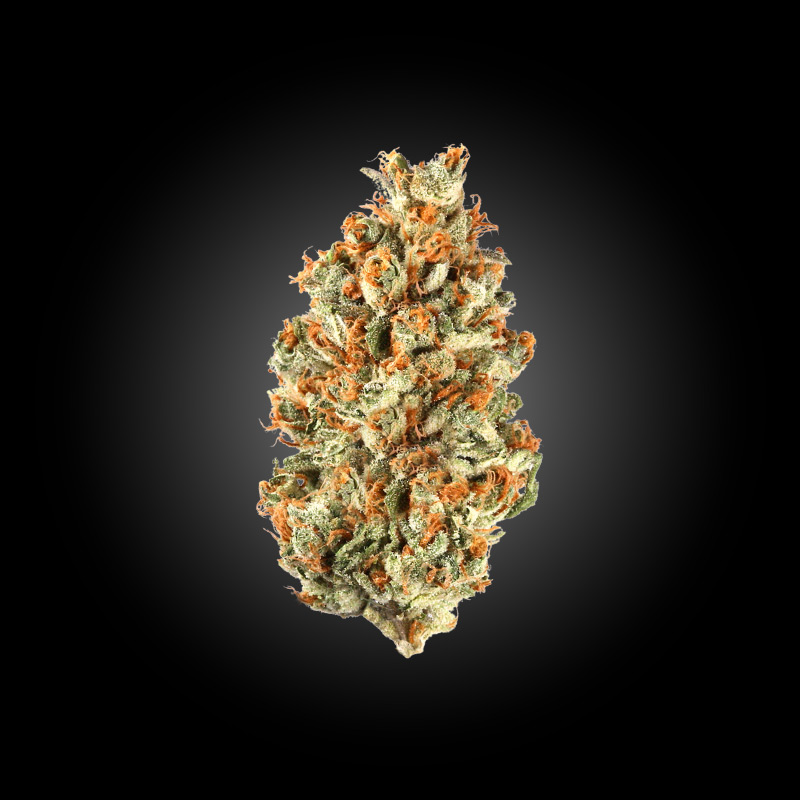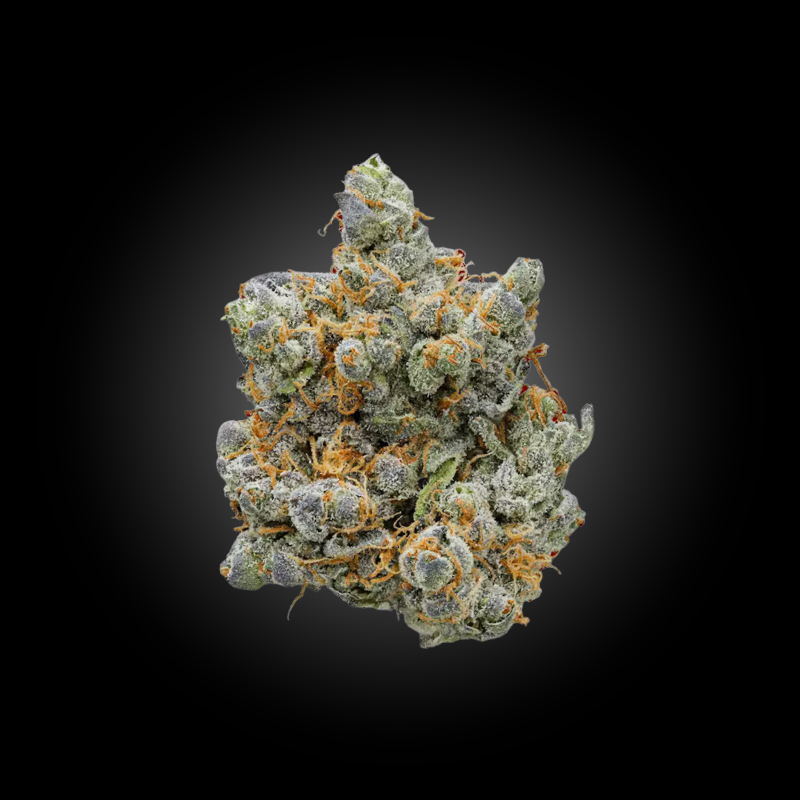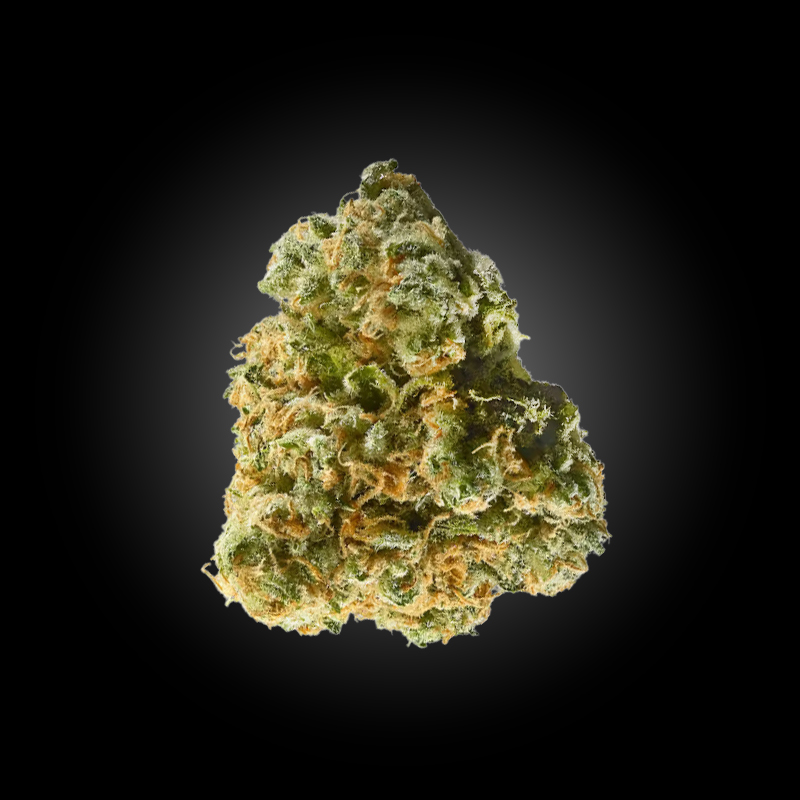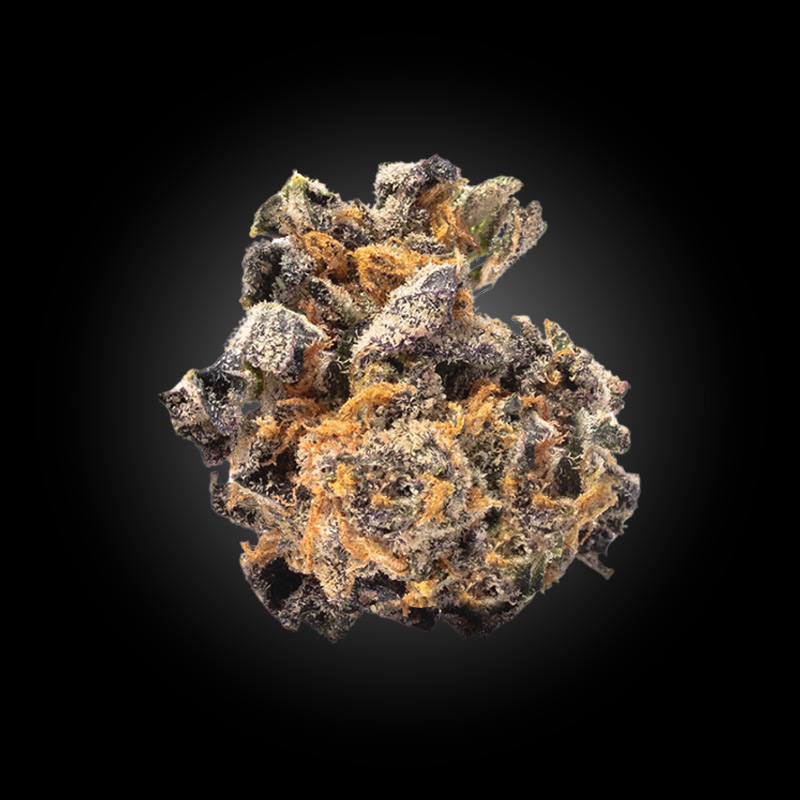Honey Genetics – Cannabis Strains
The Ultimate Guide to Understanding Cannabis Strain Types
Welcome to “The Ultimate Guide to Understanding Cannabis Strain Types,” your comprehensive resource for delving into the captivating world of cannabis. Whether you’re a seasoned enthusiast or a curious newcomer, this guide promises to enlighten you with insightful and authoritative information about the diverse realm of cannabis strains.
Historical Background of Cannabis Strains
Cannabis has a rich and varied history, tracing back to ancient civilizations. It’s a story of evolution, from being a natural wild herb to a selectively bred plant in modern times. Initially, cannabis was revered for its medicinal and spiritual properties. Ancient civilizations across Asia and the Middle East utilized it for a plethora of reasons, ranging from pain relief to religious rituals.
As time progressed, the use of cannabis spread across the globe. During the 19th and 20th centuries, the plant’s popularity surged in Western cultures. This period saw significant advancements in breeding and cultivation techniques, leading to the development of distinct strains with unique characteristics. The advent of modern science further revolutionized cannabis cultivation, allowing breeders to create specific strains tailored for various effects and medical conditions.
This journey from an all-purpose herb to specialized strains forms the crux of our understanding of cannabis today. As we delve deeper into the types and characteristics of these strains, we appreciate the historical context that shaped their development.
Basic Cannabis Strain Types
Indica
Indica strains, originating from the Hindu Kush region near Afghanistan, are renowned for their relaxing and sedative effects. These strains typically have a stouter, bushier appearance, with broad leaves and a shorter growth cycle compared to Sativa strains. Indicas are often characterized by their dense, resin-rich flowers, which are believed to have evolved as a natural adaptation to the harsh, dry climate of their native region.
Indica strains are particularly favored for their potent body highs and relaxing effects. They are often recommended for nighttime use, as they can help alleviate stress, promote relaxation, and aid in sleep. The heavy, sedative nature of Indica makes it a popular choice for those seeking relief from chronic pain, muscle spasms, and anxiety.
Sativa
Sativa strains, in contrast, are known for their invigorating and uplifting effects. Originating from equatorial regions such as Thailand, Colombia, and Mexico, these strains are characterized by their tall, slender appearance, with narrow leaves and a longer flowering period. Sativas grow well in warm, humid climates and can reach impressive heights, often exceeding 12 feet.
Sativa strains are celebrated for their cerebral, energizing high. They are often chosen for daytime use, as they can enhance creativity, focus, and overall mood. Sativas are commonly used to combat depression, fatigue, and lack of appetite, offering a stimulating experience that can help users feel more alert and engaged.
Hybrid
Hybrid strains represent a fusion of Indica and Sativa characteristics, offering a balanced blend of effects. These strains are created through controlled breeding, allowing growers to combine desirable traits from both Indica and Sativa varieties. The result is a wide array of hybrid strains, each with its unique profile of effects, flavors, and growth patterns.
Hybrids can vary significantly in their dominant characteristics, with some leaning more towards Indica or Sativa traits. This variability allows users to select hybrids based on their specific needs and preferences, whether they’re seeking relaxation, stimulation, or a balanced combination of both. Hybrids are particularly popular for their versatility and ability to provide a more tailored cannabis experience.
The Role of Terpenes in Cannabis Strains
Terpenes, the aromatic compounds found in cannabis, play a crucial role in defining the unique characteristics of each strain. These compounds are responsible for the distinct scents and flavors, ranging from citrusy and sweet to earthy and piney. But terpenes do more than just provide aroma; they also contribute to the overall effects of the cannabis experience.
Research has shown that terpenes work in synergy with cannabinoids like THC and CBD, a phenomenon known as the entourage effect. This interaction can enhance or modify the effects of the strain, influencing factors like mood, stress level, and pain perception. For instance, myrcene, commonly found in Indica strains, is known for its sedative properties, while limonene, prevalent in Sativa strains, is associated with mood elevation.
Understanding terpenes is essential for anyone looking to delve deeper into the world of cannabis. By familiarizing yourself with common terpenes and their effects, you can make more informed choices about which strains might best suit your needs and preferences.
Cannabinoids and Their Effects
Cannabinoids are the chemical compounds in cannabis that are primarily responsible for its effects. THC (Tetrahydrocannabinol) and CBD (Cannabidiol) are the most well-known, but there are over a hundred different cannabinoids, each contributing uniquely to the plant’s effects.
THC is the primary psychoactive component in cannabis, responsible for the ‘high’ sensation. It can induce feelings of euphoria, altered perception, and increased appetite. On the other hand, CBD is non-psychoactive and is known for its therapeutic benefits, such as reducing anxiety, pain, and inflammation.
The balance of THC and CBD in a strain can significantly influence its effects. High THC strains tend to be more euphoric and psychoactive, while high CBD strains are sought after for their medicinal properties without the intense psychoactive effects. Understanding the cannabinoid profile of a strain is key to predicting how it will affect you.
Medical Uses of Different Cannabis Strains
Pain Management
Cannabis has been widely recognized for its effectiveness in pain management. Certain strains, particularly those high in CBD and Indica-dominant hybrids, are known for their analgesic properties. They can be beneficial in treating chronic pain, arthritis, and neuropathic pain.
Mental Health
The use of cannabis in mental health is gaining traction. Strains high in CBD have shown promise in managing anxiety and stress, while Sativa-dominant strains can help combat depression and mood disorders by uplifting mood and increasing energy levels.
Other Conditions
Beyond pain and mental health, cannabis is also used to treat a variety of other conditions like epilepsy, glaucoma, and nausea, especially in chemotherapy patients. The specific strain and its cannabinoid profile play a crucial role in its effectiveness for these conditions.
Recreational Use of Cannabis Strains
Preference Based on Effects
Recreational users often choose strains based on the desired effects. While some may prefer the relaxing and sedative effects of Indica strains for a calm evening, others might opt for the energizing and uplifting experience of Sativas for social gatherings or creative endeavors.
Social Context
The social aspect of cannabis use cannot be overlooked. Different strains can enhance various social settings, from a quiet night in with friends to a lively party. Understanding the effects of different strains can help in selecting the right one for any social occasion.
Growing and Cultivating Different Strains
Growing cannabis involves understanding the unique requirements of different strains. Indica strains, for example, generally have a shorter flowering period and are well-suited for indoor growing due to their compact size. Sativa strains, with their taller stature and longer flowering time, are more challenging to grow indoors but thrive in outdoor settings.
Each strain has specific needs in terms of light, temperature, and nutrients, and understanding these can greatly impact the quality and yield of the harvest. Growers also need to consider factors like pest control and disease management to ensure healthy, robust plants.
Legal and Ethical Considerations
The legal landscape of cannabis is complex and varies greatly from one region to another. While many places have legalized cannabis for medical or recreational use, it remains illegal in others. Navigating these legal nuances is crucial for anyone involved in the cannabis industry or as a consumer.
Ethical considerations also play a significant role, especially regarding the medical use of cannabis. The need for further research, patient education, and responsible usage are key factors in the ongoing debate around cannabis legalization and its place in society.
Future Trends in Cannabis Strains
The future of cannabis is vibrant and dynamic. With advances in genetic engineering, we’re likely to see even more specialized strains, tailored for specific effects or medical conditions. The market is also evolving, with a growing emphasis on quality, consistency, and consumer education.
As legalization spreads and the stigma around cannabis use diminishes, we can expect to see a continued increase in both the variety and quality of strains available. This progress promises exciting possibilities for both medical and recreational users.
Choosing the Right Strain for You
Selecting the right cannabis strain is a personal decision that depends on your individual needs and preferences. Consider factors like your tolerance level, desired effects, and any specific medical conditions you’re looking to address. Experimenting with different strains and noting their effects can help you find the perfect match.
Remember, everyone’s experience with cannabis is unique, so what works for one person may not work for another. Be open to trying new strains and be mindful of how each one affects you.
Conclusion
“The Ultimate Guide to Understanding Cannabis Strain Types” offers a window into the complex and fascinating world of cannabis. From its historical roots to modern cultivation and usage, understanding the nuances of different strains can greatly enhance your cannabis experience, whether for medicinal or recreational purposes.
FAQs
- What are the main differences between Indica and Sativa strains?
- Indica strains are known for their relaxing effects and are typically used for stress relief and sleep. Sativa strains, on the other hand, offer an energizing experience, often used to enhance mood and creativity.
- Can cannabis strains help with medical conditions?
- Yes, certain cannabis strains have been found to be effective in treating a variety of medical conditions, including chronic pain, anxiety, depression, and some symptoms of neurological disorders.
- How do terpenes affect the cannabis experience?
- Terpenes contribute to the flavor and aroma of cannabis and work in synergy with cannabinoids to enhance or modify the strain’s effects.
- Is it legal to grow cannabis at home?
- The legality of home cultivation varies by region. It’s essential to check local laws and regulations before growing cannabis.
- How do I choose the right strain for me?
- Consider your tolerance, desired effects, and any specific medical needs. Starting with small amounts and noting how different strains affect you can help in making the right choice.






